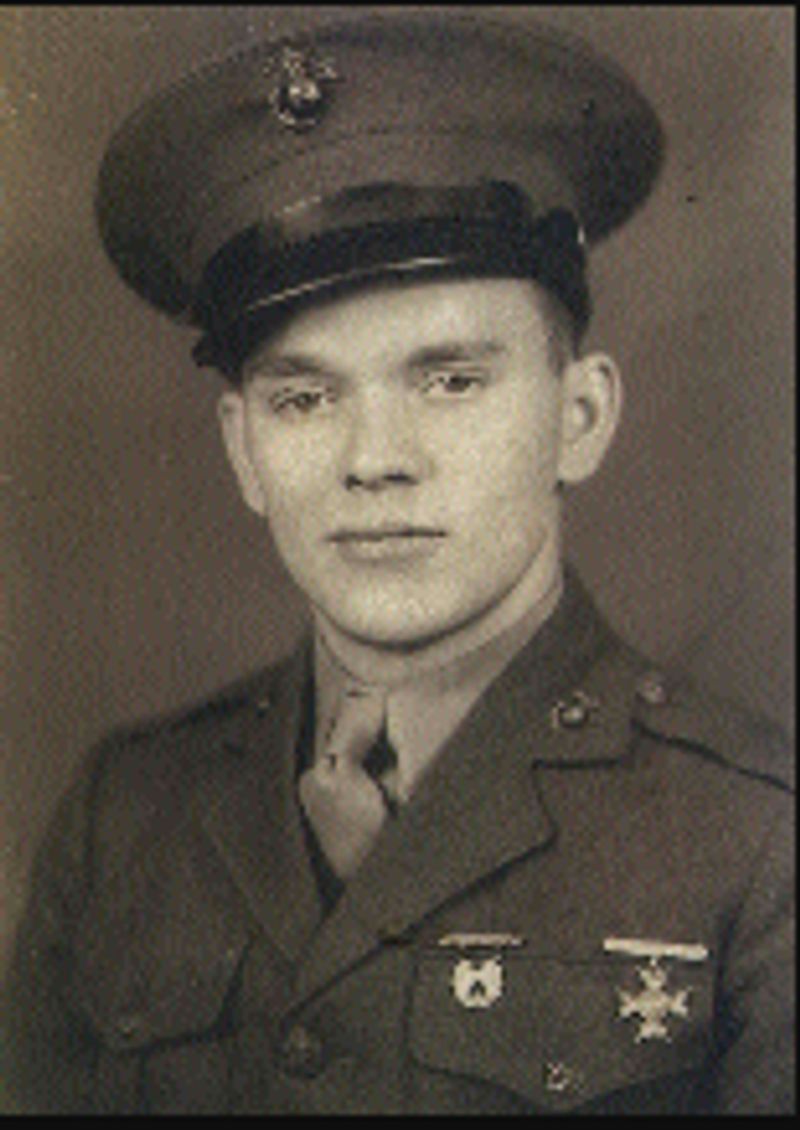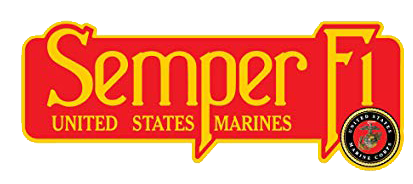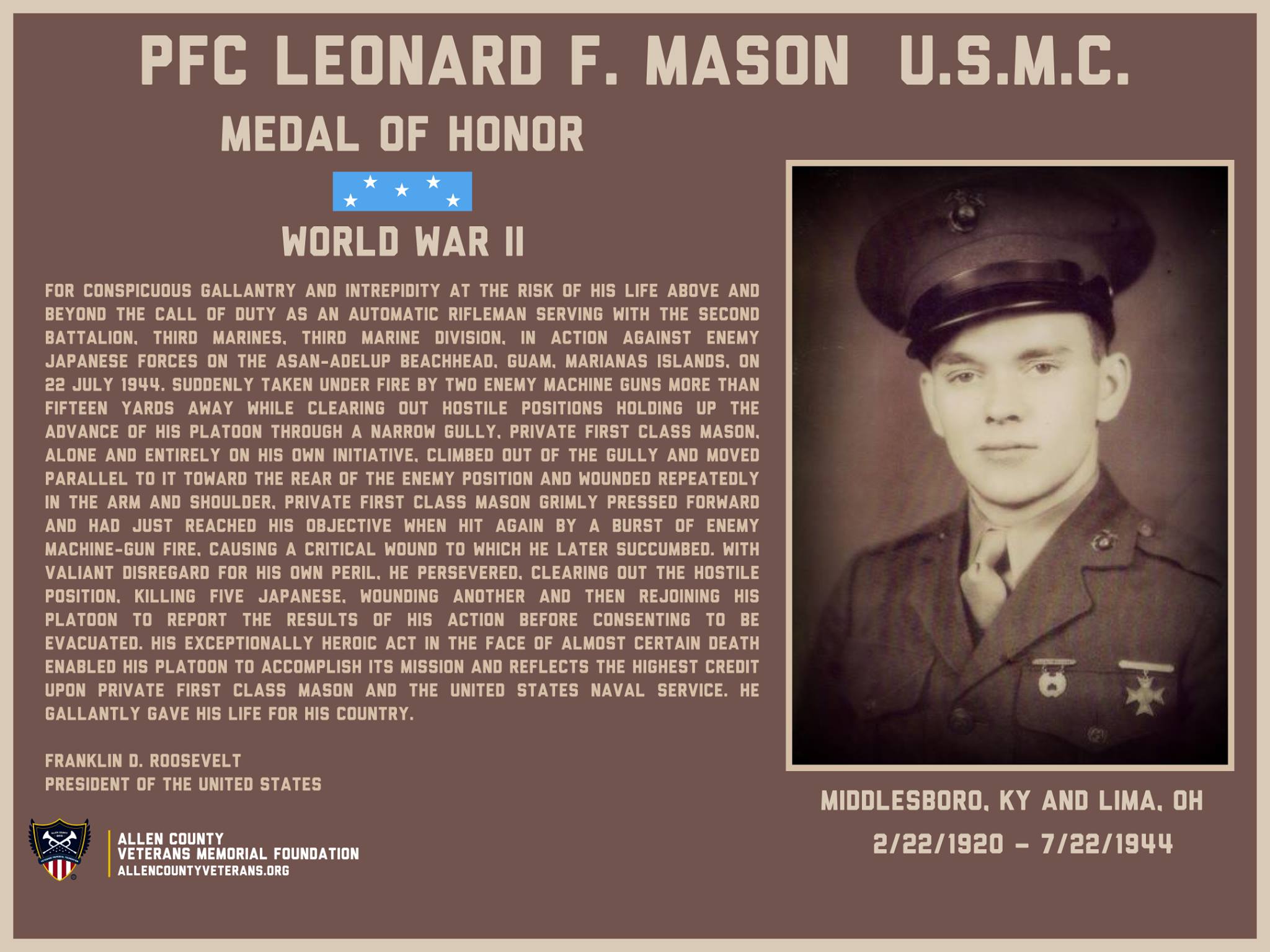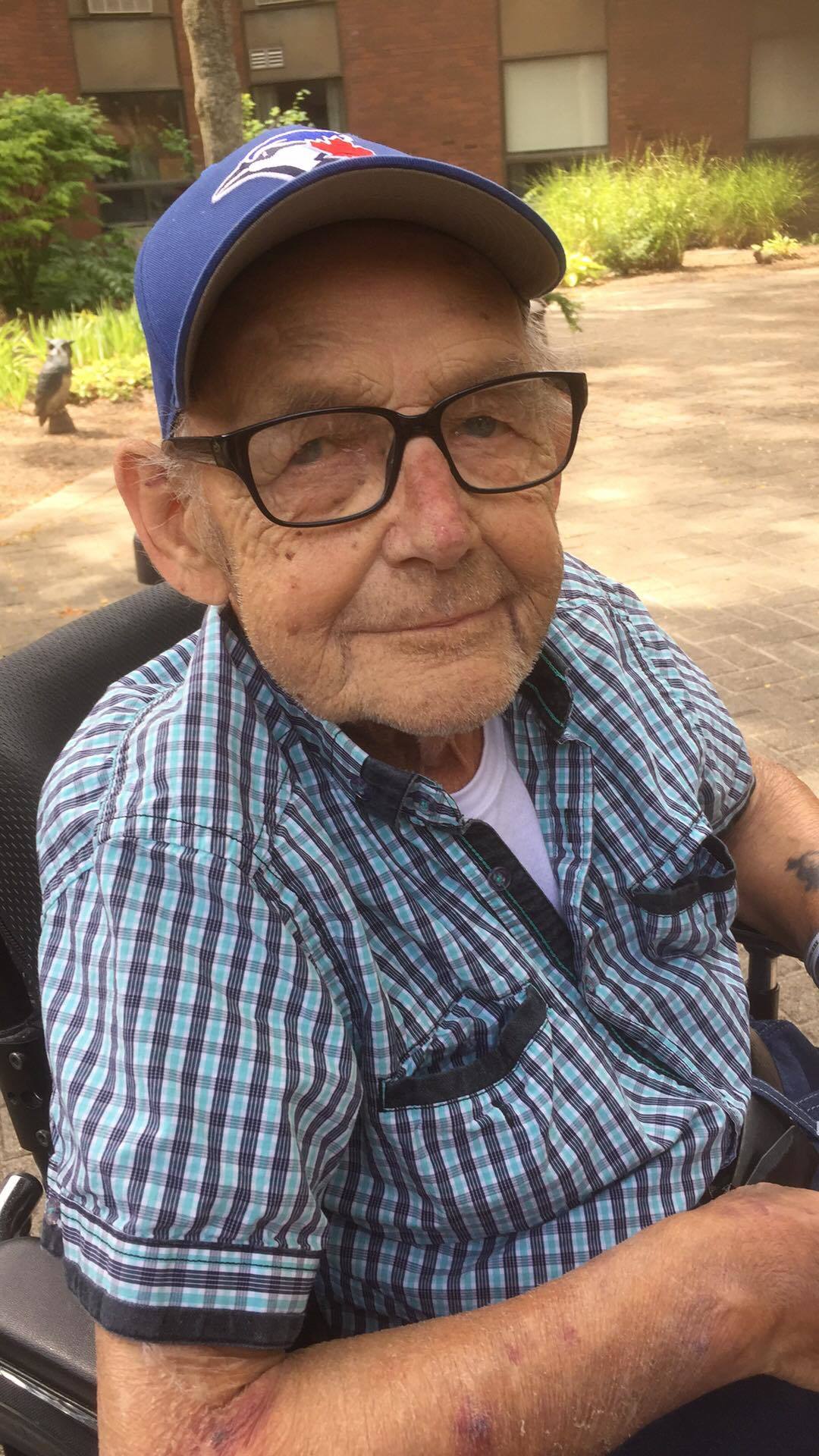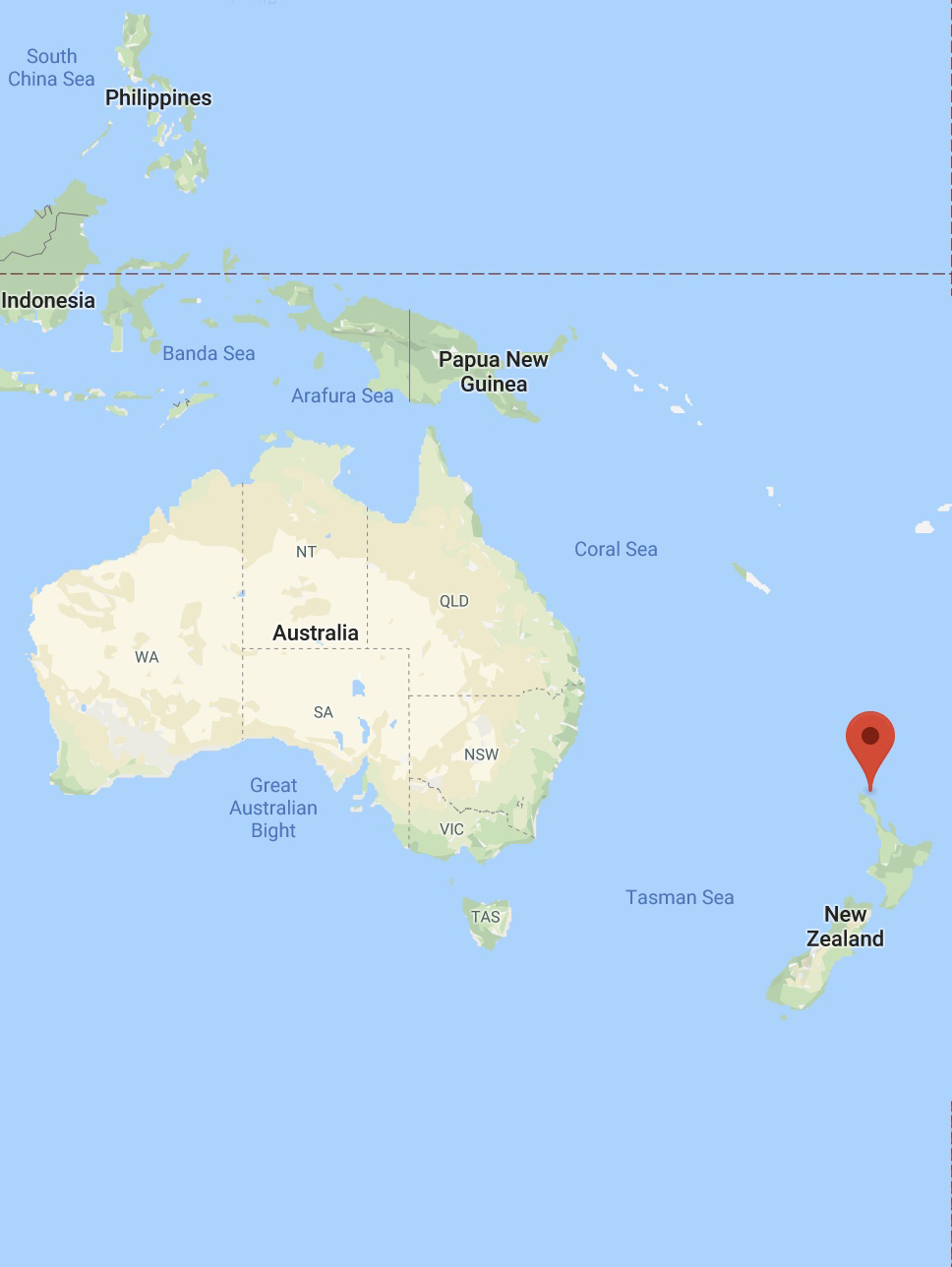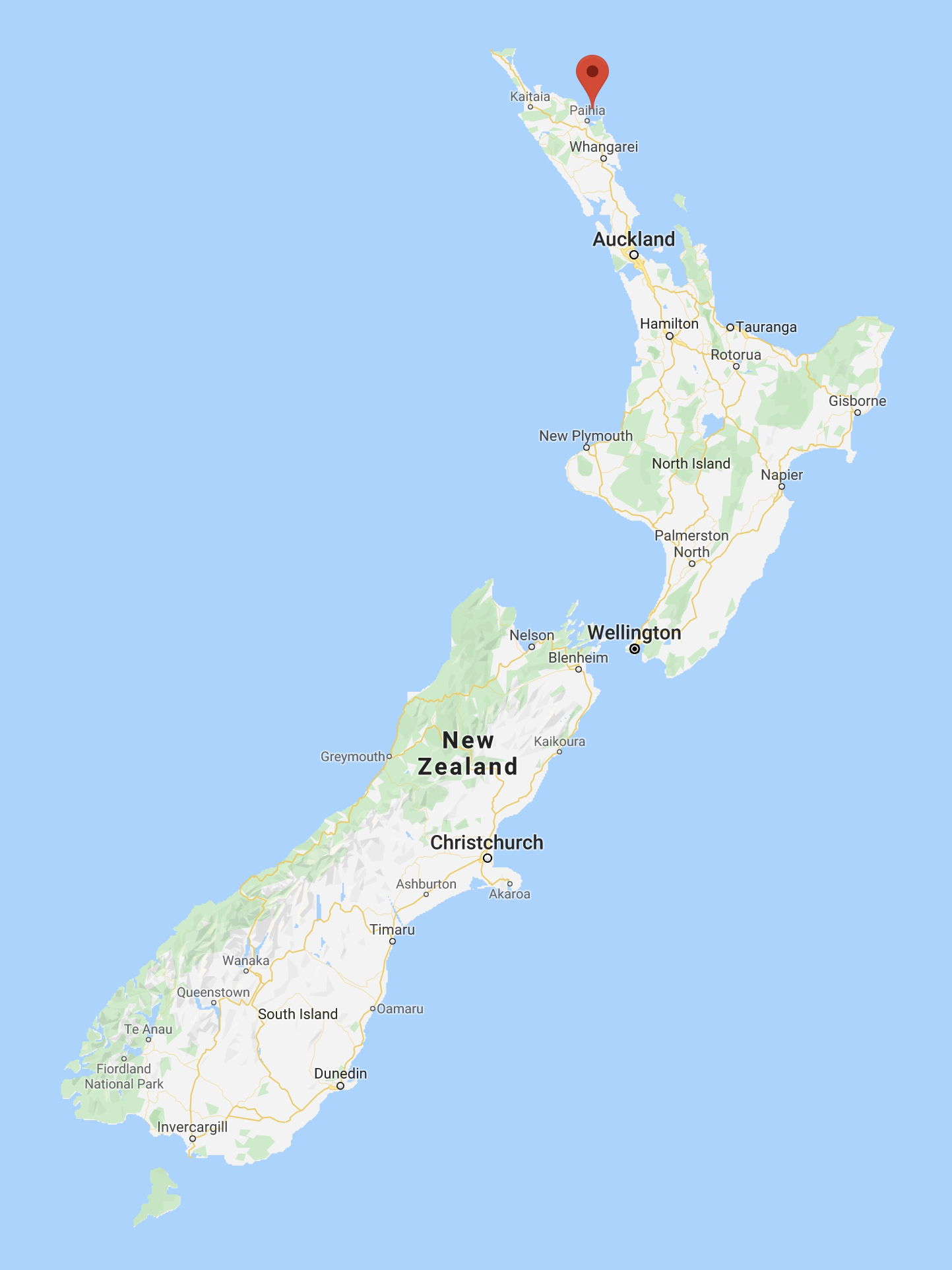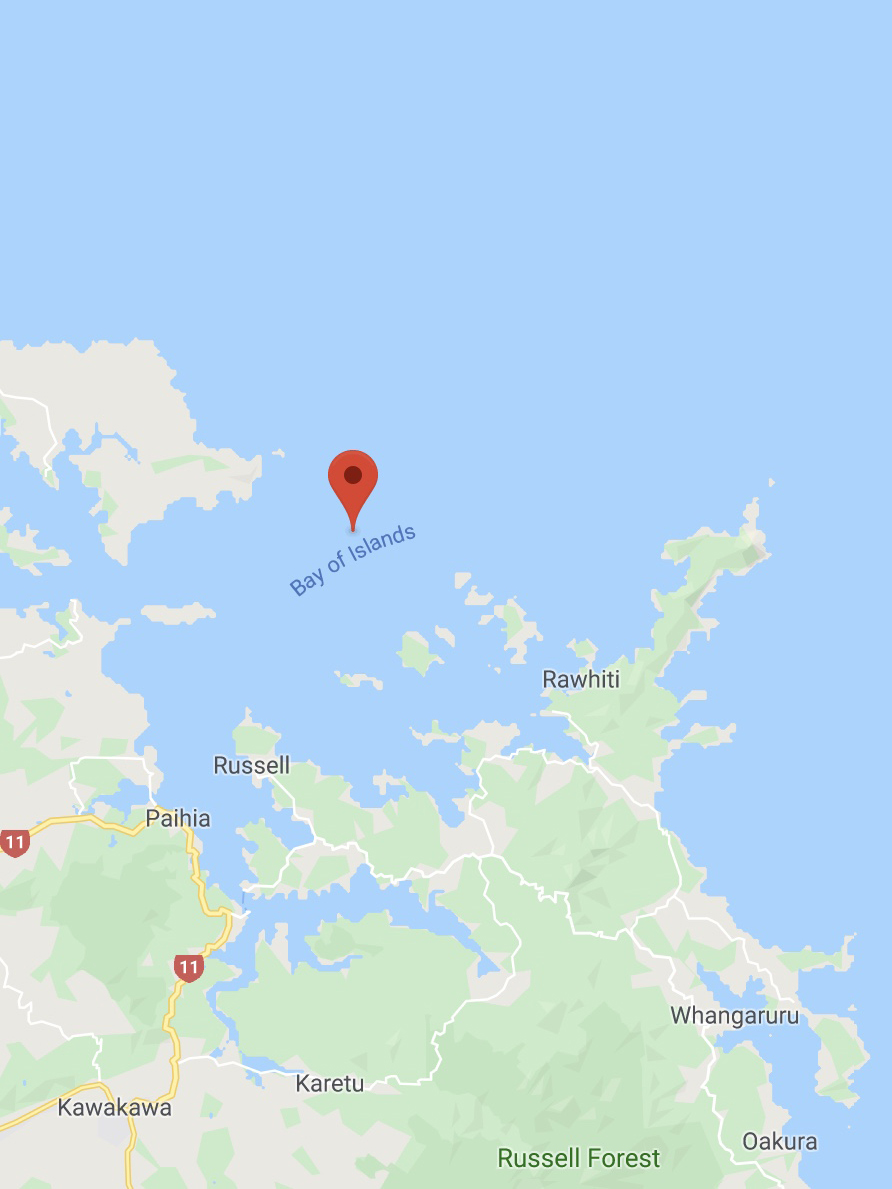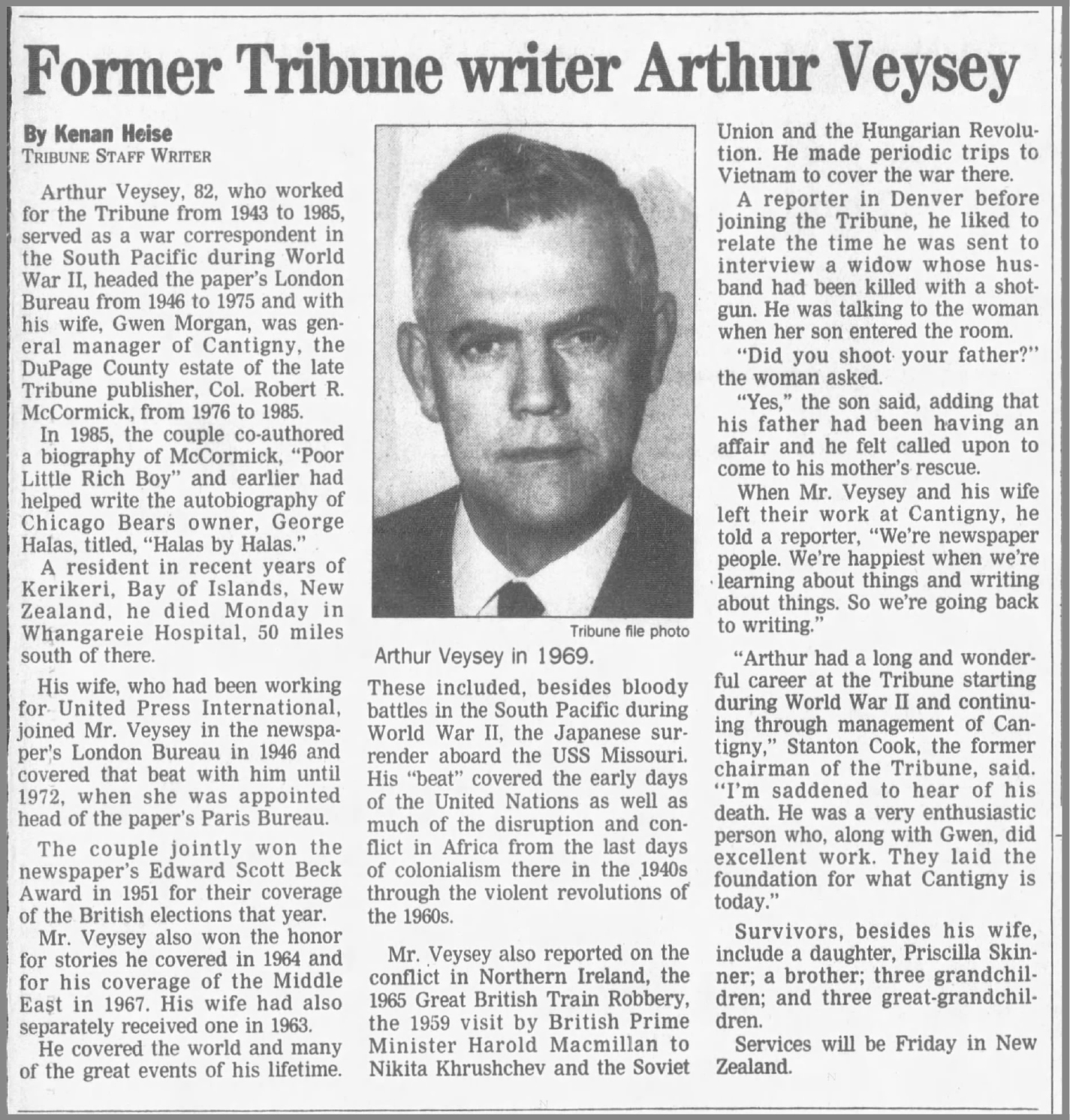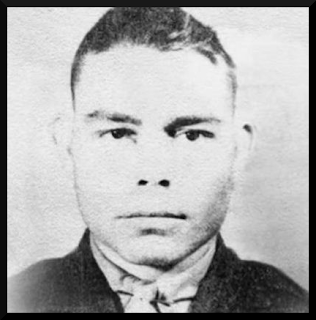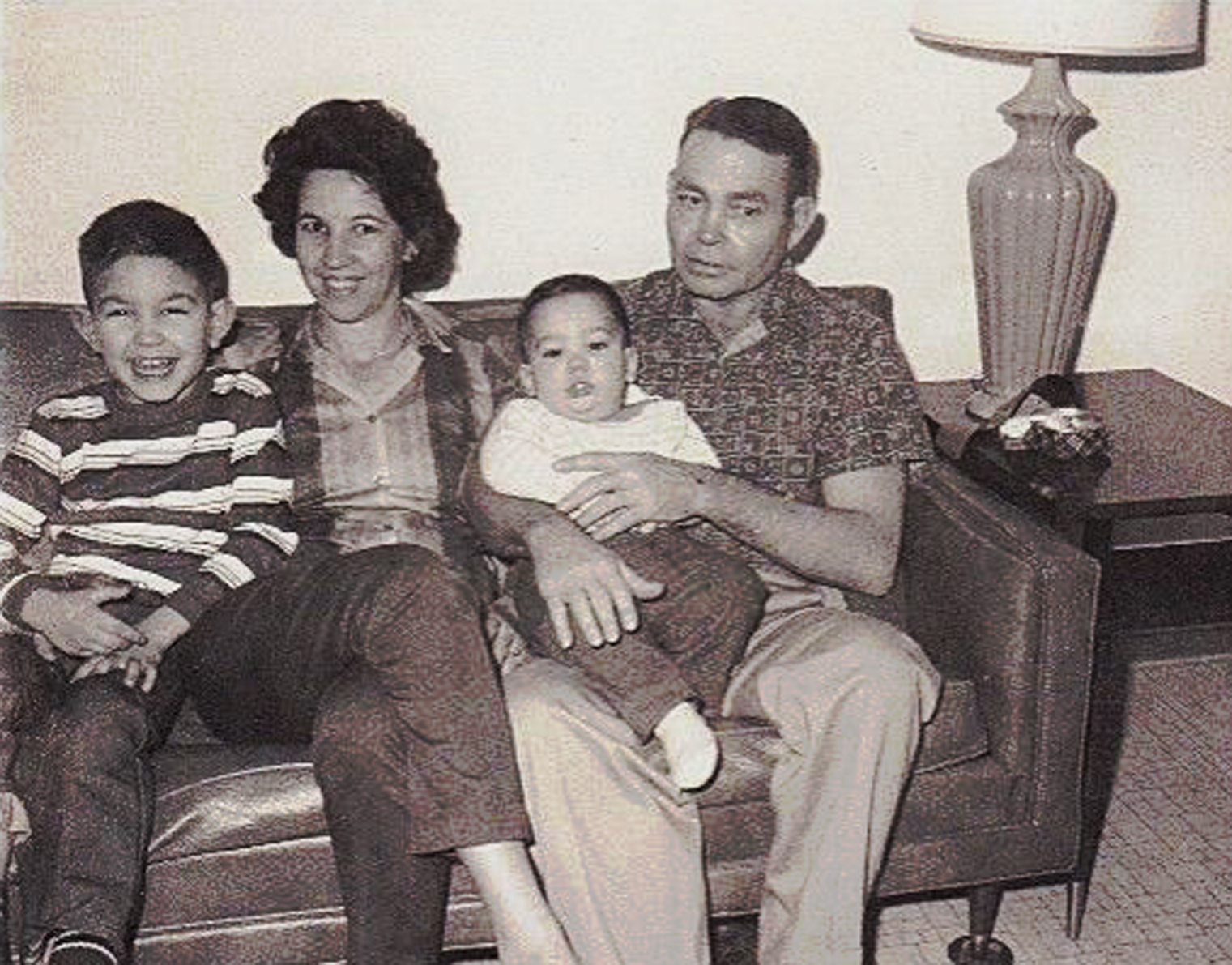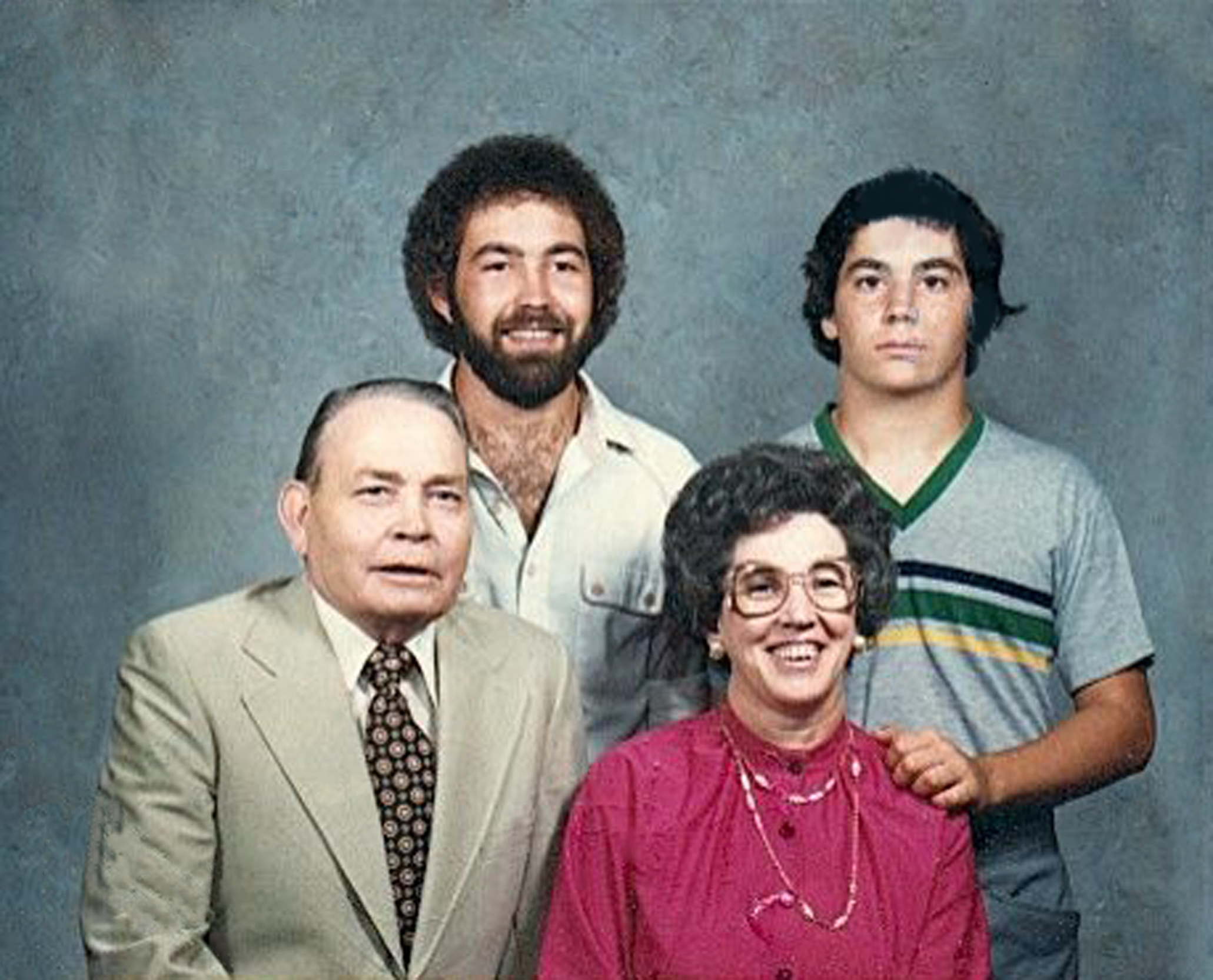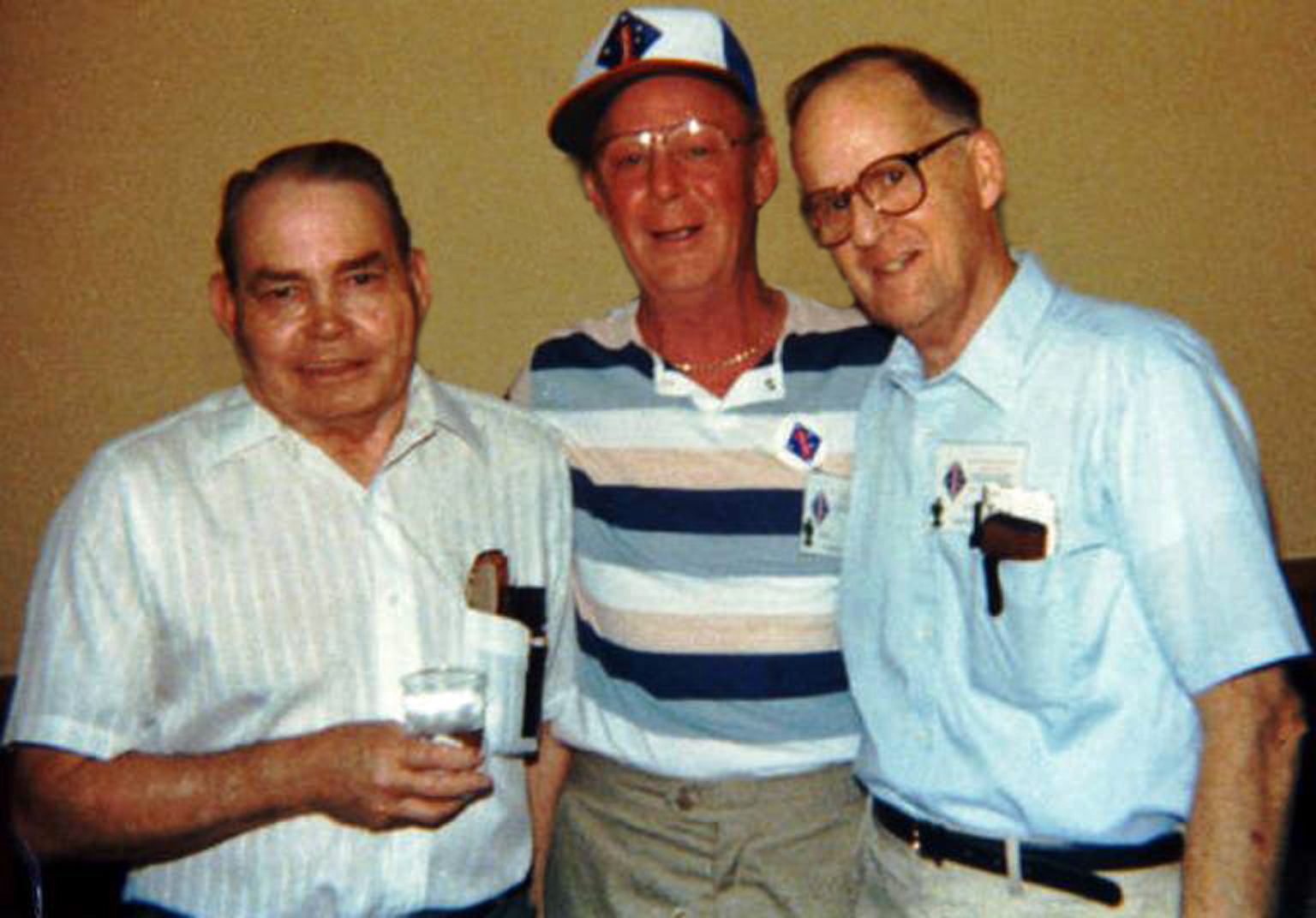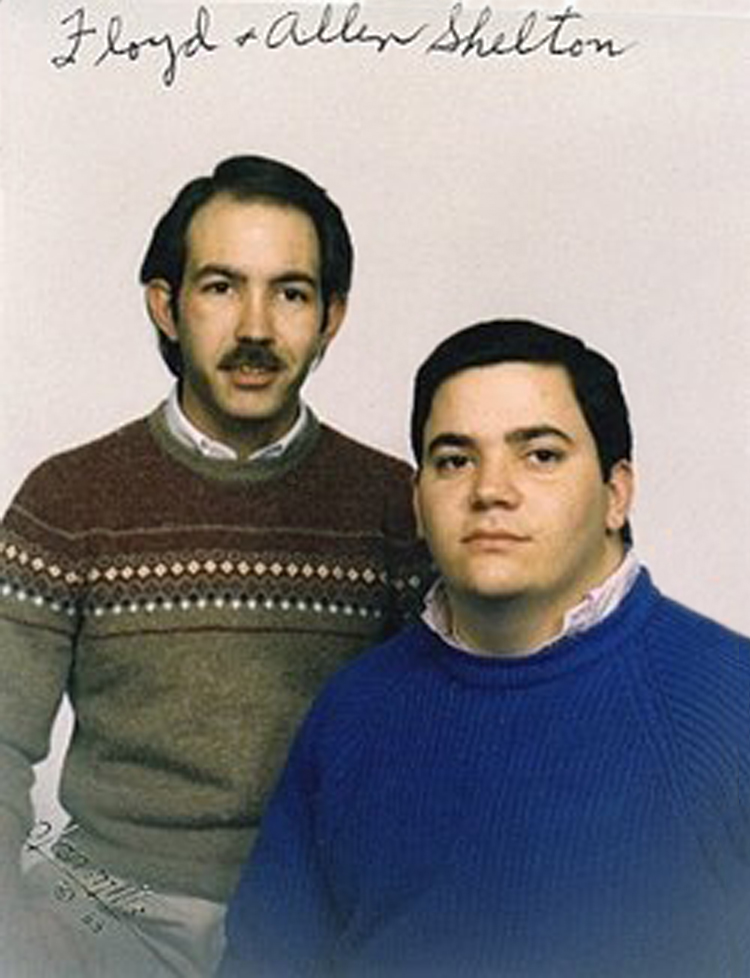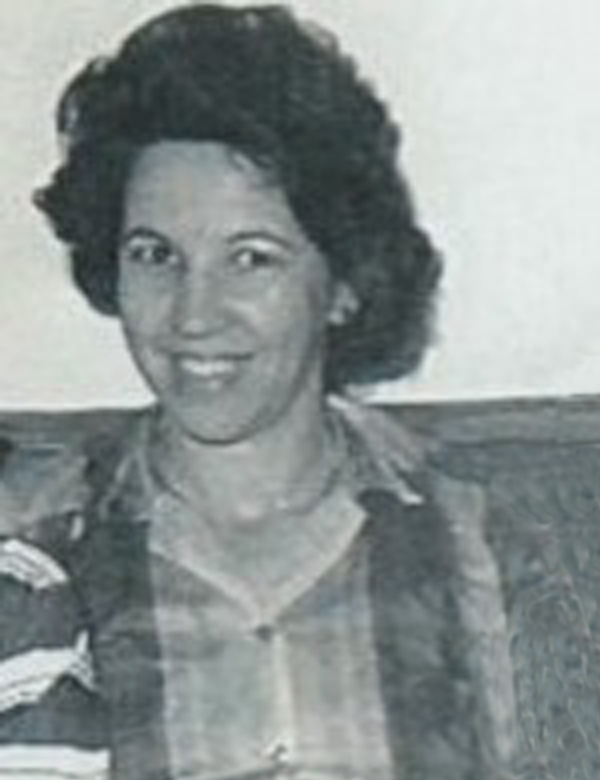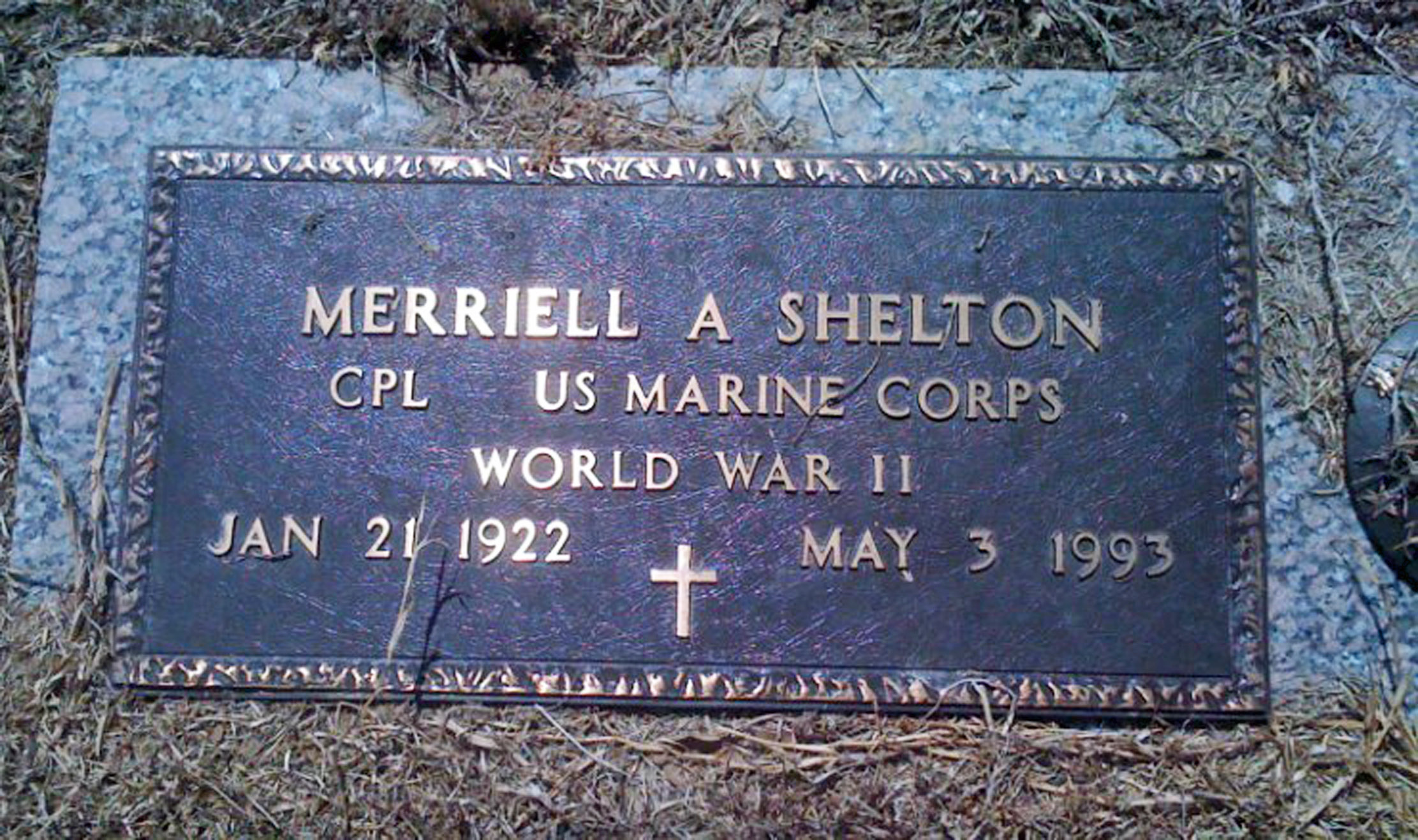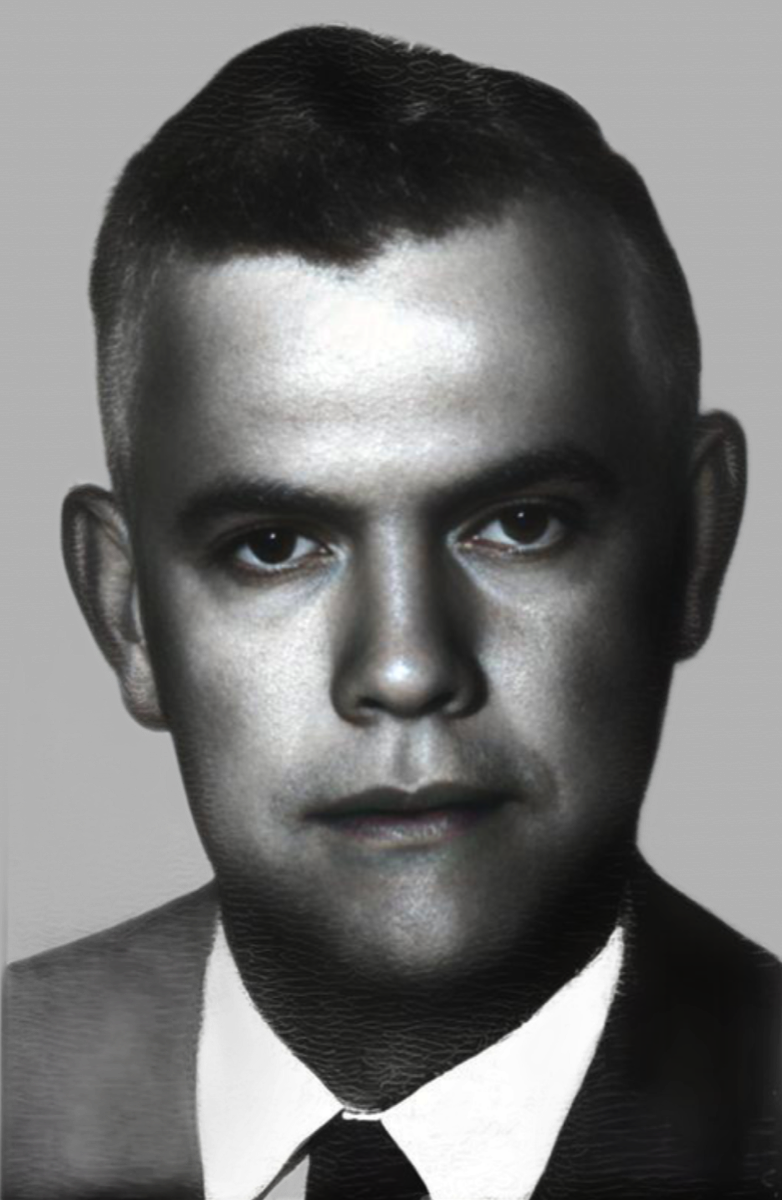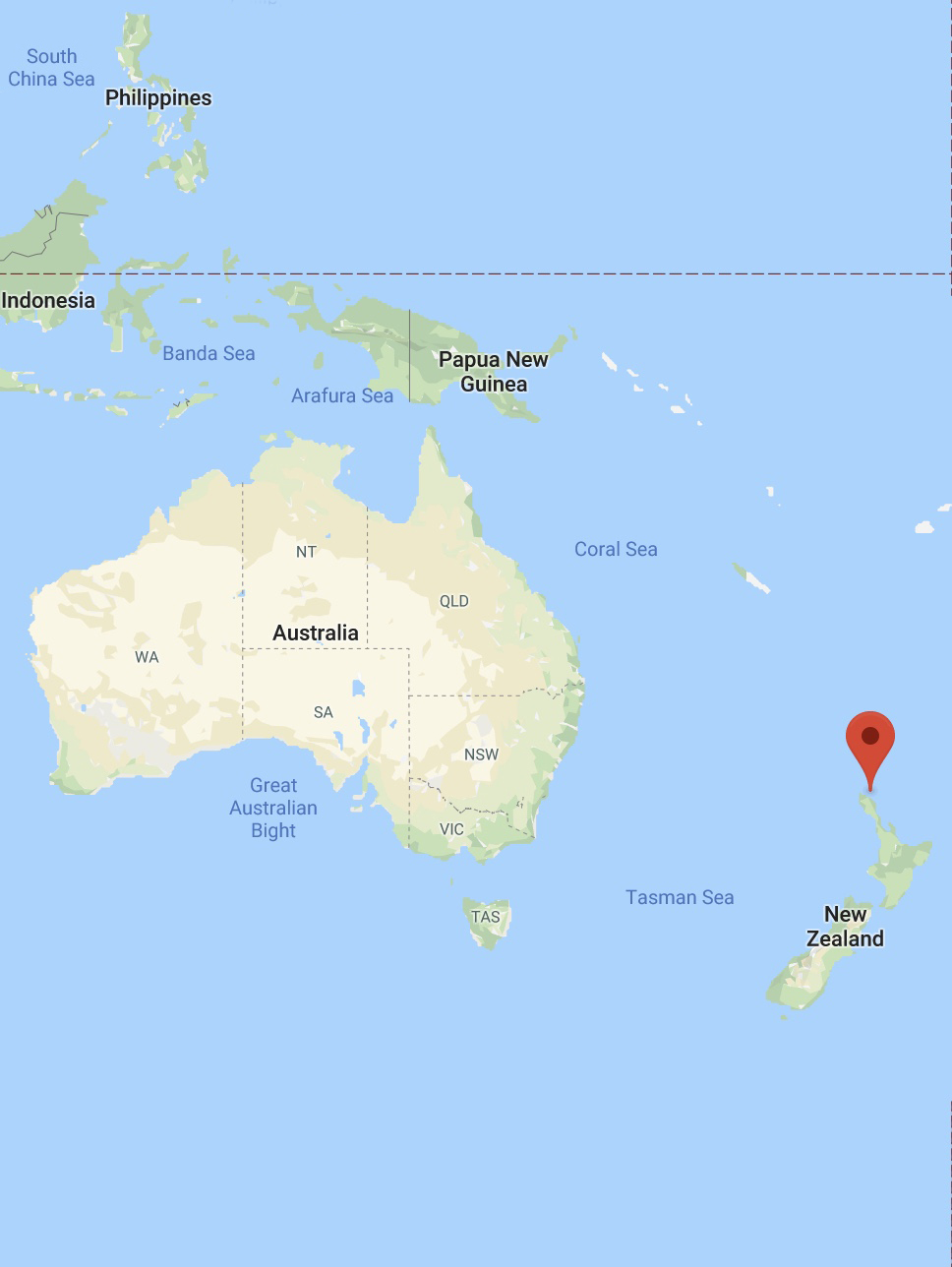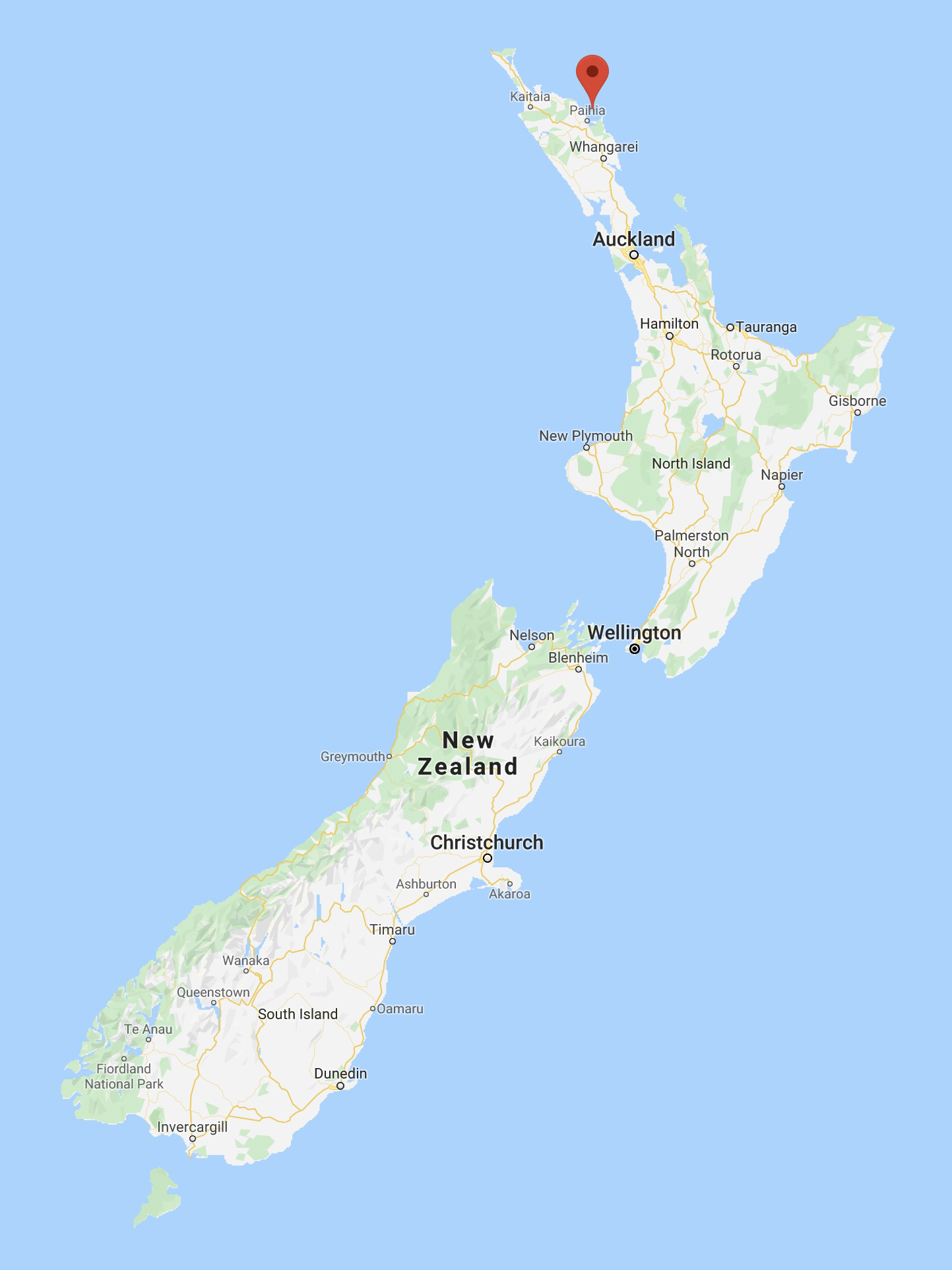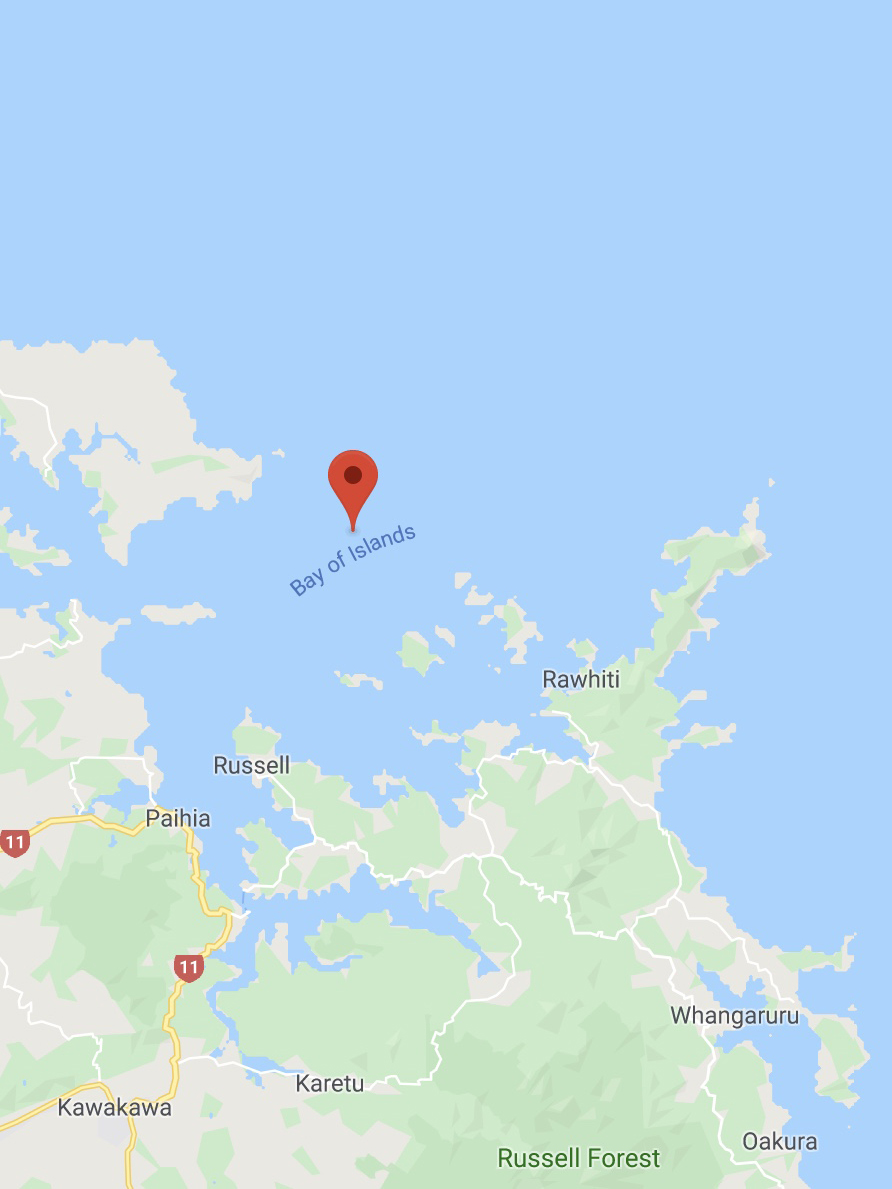

Passengers


Linked to USS Elmore by Fate
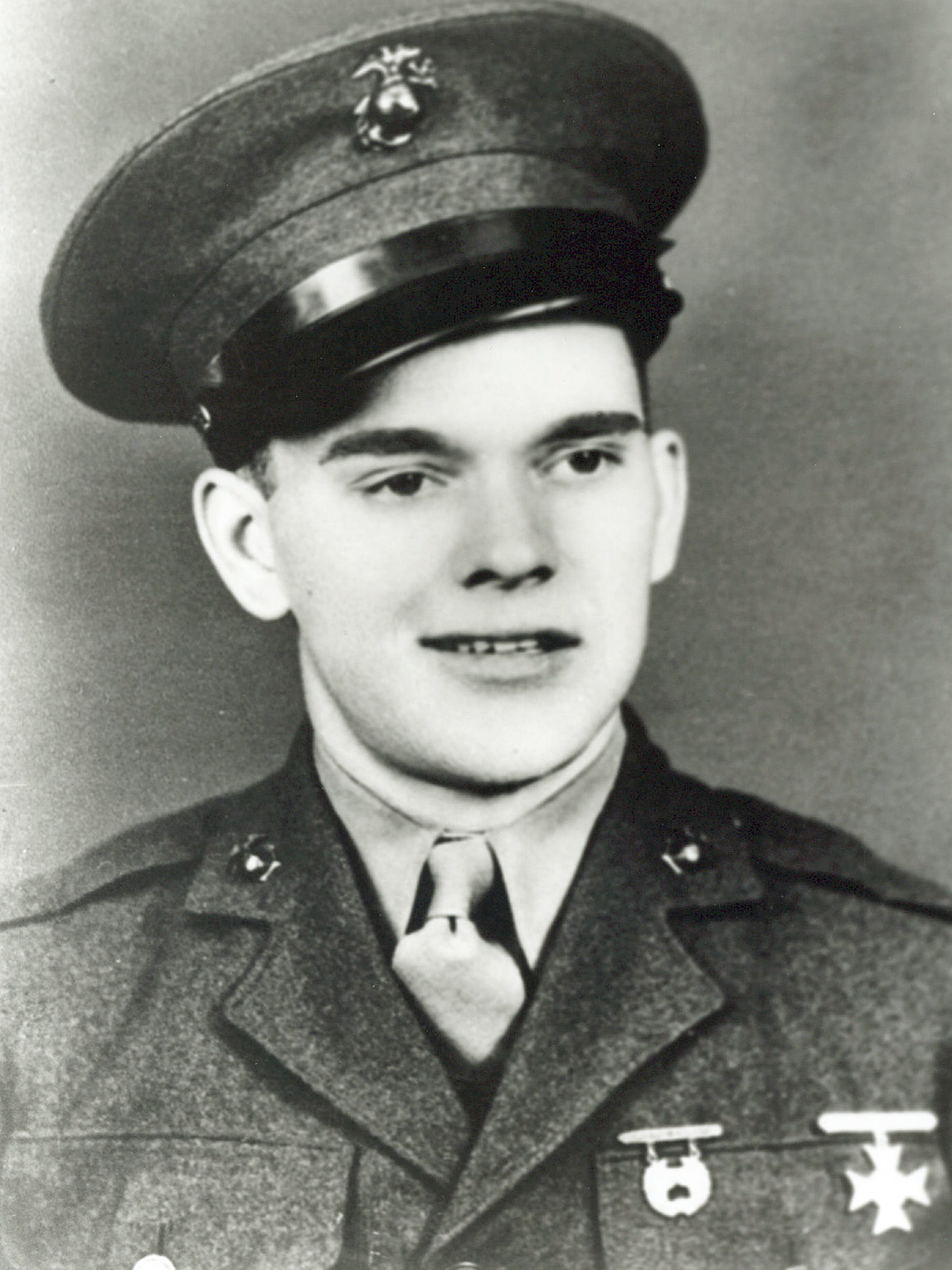
Pfc. Leonard F. Mason, USMC
Private First Class Leonard F. Mason, 24, was posthumously awarded the Medal of Honor for conspicuous gallantry in action when, despite serious wounds, he singlehandedly charged and wiped out an enemy machine gun position on Guam, 22 July 1944. He died of his wounds the following day aboard USS Elmore (APA-42), stationed offshore. An automatic rifleman, he had participated in the initial landing on Guam on 21 July.
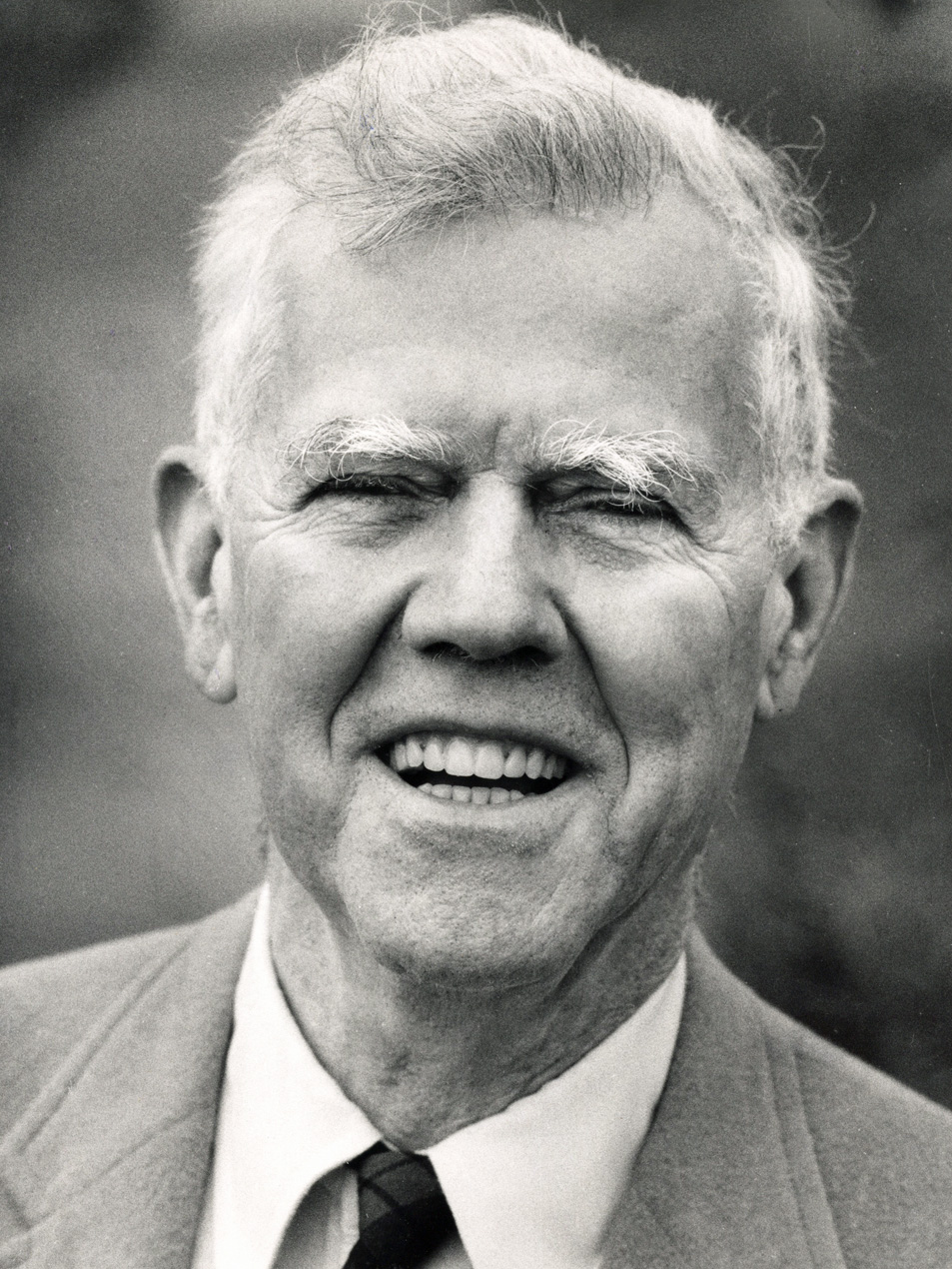
Arthur Veysey, War Correspondent
Arthur Ernest Veysey (1914-1997) was an accomplished war reporter and author. During World War II, he joined the staff of the Chicago Tribune and served as a war correspondent reporting from the Southwest Pacific. He served in the U.S. Army’s 3rd Battalion, 24th Division and participated in the invasion of Leyte Gulf in the Philippines. The 24th Army Division was transported aboard USS Elmore (APA-42), boarding on 8 October 1944 at Humboldt Bay, New Guinea. Veysey was onboard one of Elmore’s LCVP landing craft on 12 October 1944, landing at Palo (“Red”) Beach a few hours before General MacArthur famously waded ashore there to proclaim that he had returned to liberate the Philippines. Veysey himself returned to the Philippines in 1970 to revisit the location of battles that he had witnessed in 1944. His story, Return to Leyte, was published in the Chicago Tribune in 1970 – 25 years after MacArthur's return to the Philippines. It is an amazing adventure, linking the present to the past on the Philippine island of Leyte.
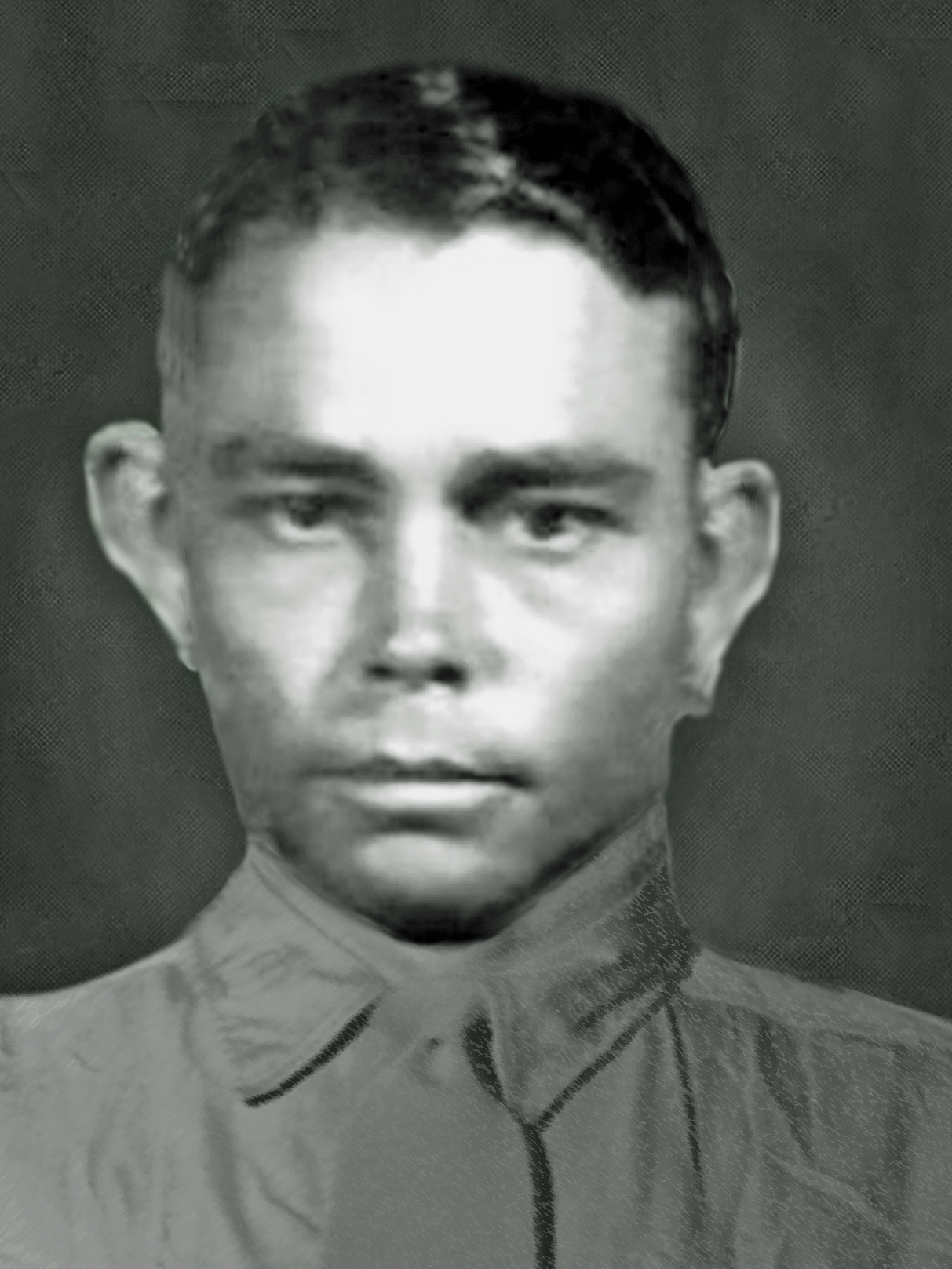
Merriell "Snafu" Shelton, USMC
Pfc./Cpl. Merriell "Snafu" Allesandro Shelton (1914-1993) in best known as one of Eugene Sledge's fellow Marines. He got his nickname from his cocky personality and demeanor. “SNAFU” is an unofficial military acronym for Situation Normal, All Fouled Up (that is the polite version), meaning that the present situation is bad, but it is a normal event. Shelton’s personality embodied that moniker.
Snafu was Cajun and had a heavy accent. He was in his early twenties, during the battles of Peleliu and Okinawa, and became a close buddy of Eugene ("Sledgehammer") Sledge. Although they came from very different backgrounds, Sledge and Snafu Shelton were close during their months together at Peleliu and Okinawa. He was defined in Sledge’s seminal book “With The Old Breed,” Sledge’s recounting of his experiences as a Marine in the Pacific. But it is due to the HMO mini-series “The Pacific” that Snafu’s character has been immortalized for generations to come.
The Elmore's connection with Snafu occurred in May of 1944 when the ship transported K Company, 3rd Battalion, 5th Marines, 1st Marine Division (K/3/5) from New Britain to Pavuvu in the Russel Islands in early May 1944. Eugene Sledge himself was not aboard the Elmore, arriving at Pavuvu a few weeks later. However, PFC Merriell "Snafu" Shelton was onboard. These men were essential parts of the unfolding events that occurred on Pavuvu and later on Peleliu. It was USS Elmore that brought 'Snafu' Shelton and the 5th Marines to Pavuvu.

